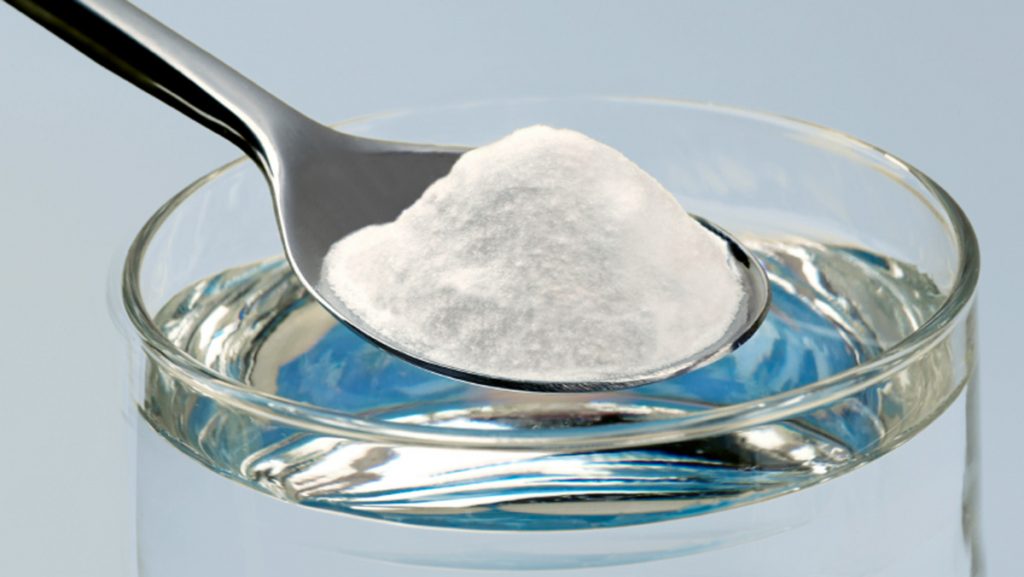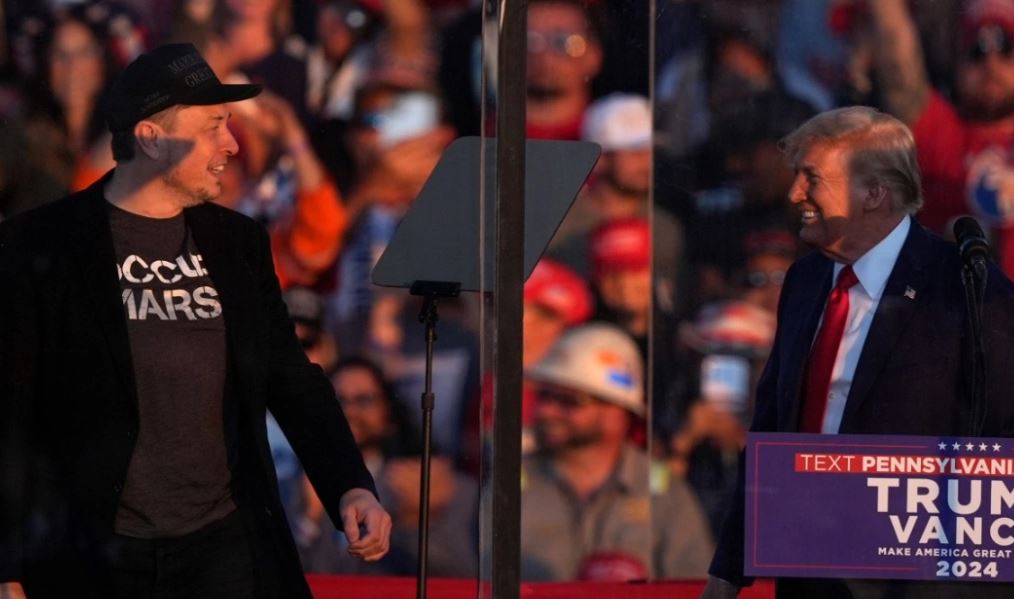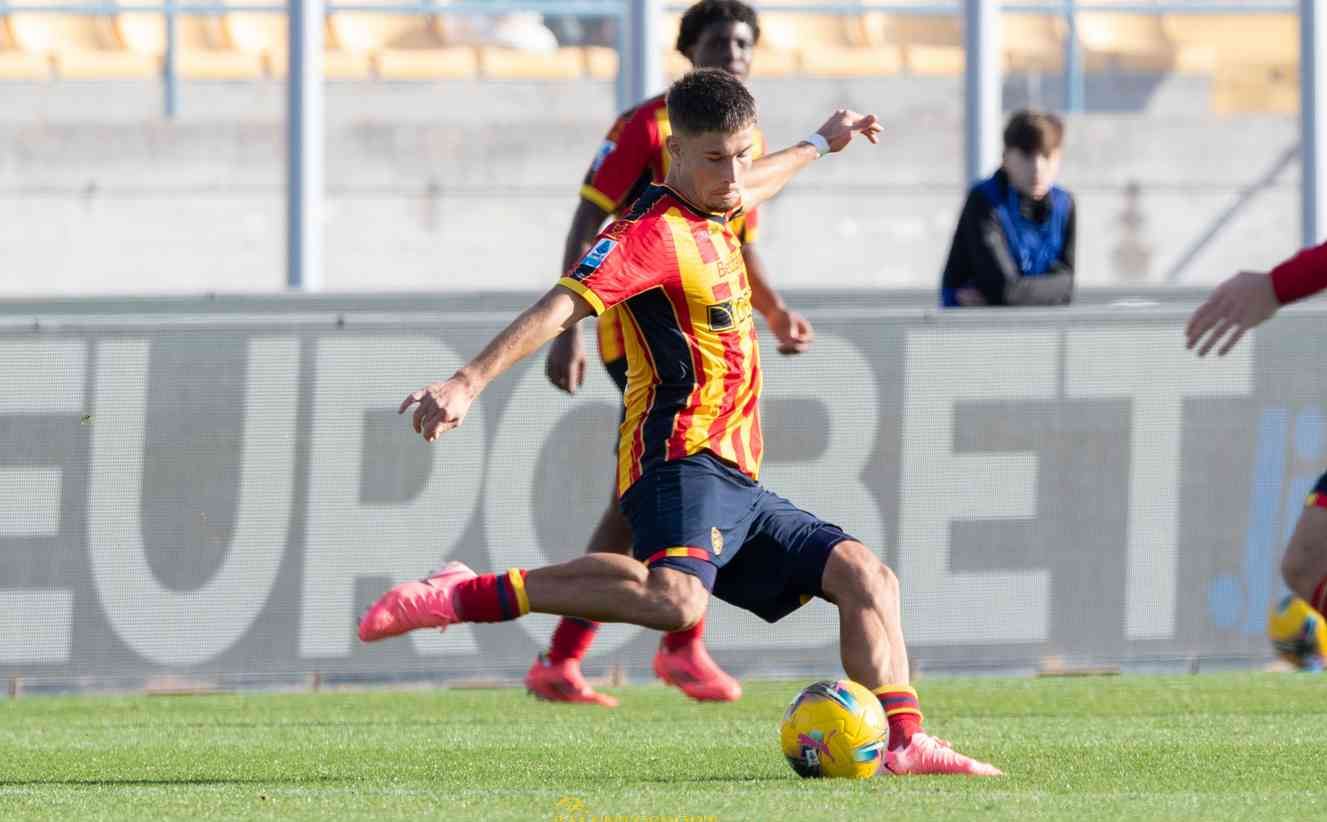Before entering the Reporting House exhibition hall, an eye-catching jeep awaits visitors. It is the vehicle that renowned war reporter Vaughan Smith used on mountainous and muddy roads all over Kosovo during the 1998-99 war.
Audio recordings have been installed within this car to bring the visitor back in time and simulate a painful wartime atmosphere.
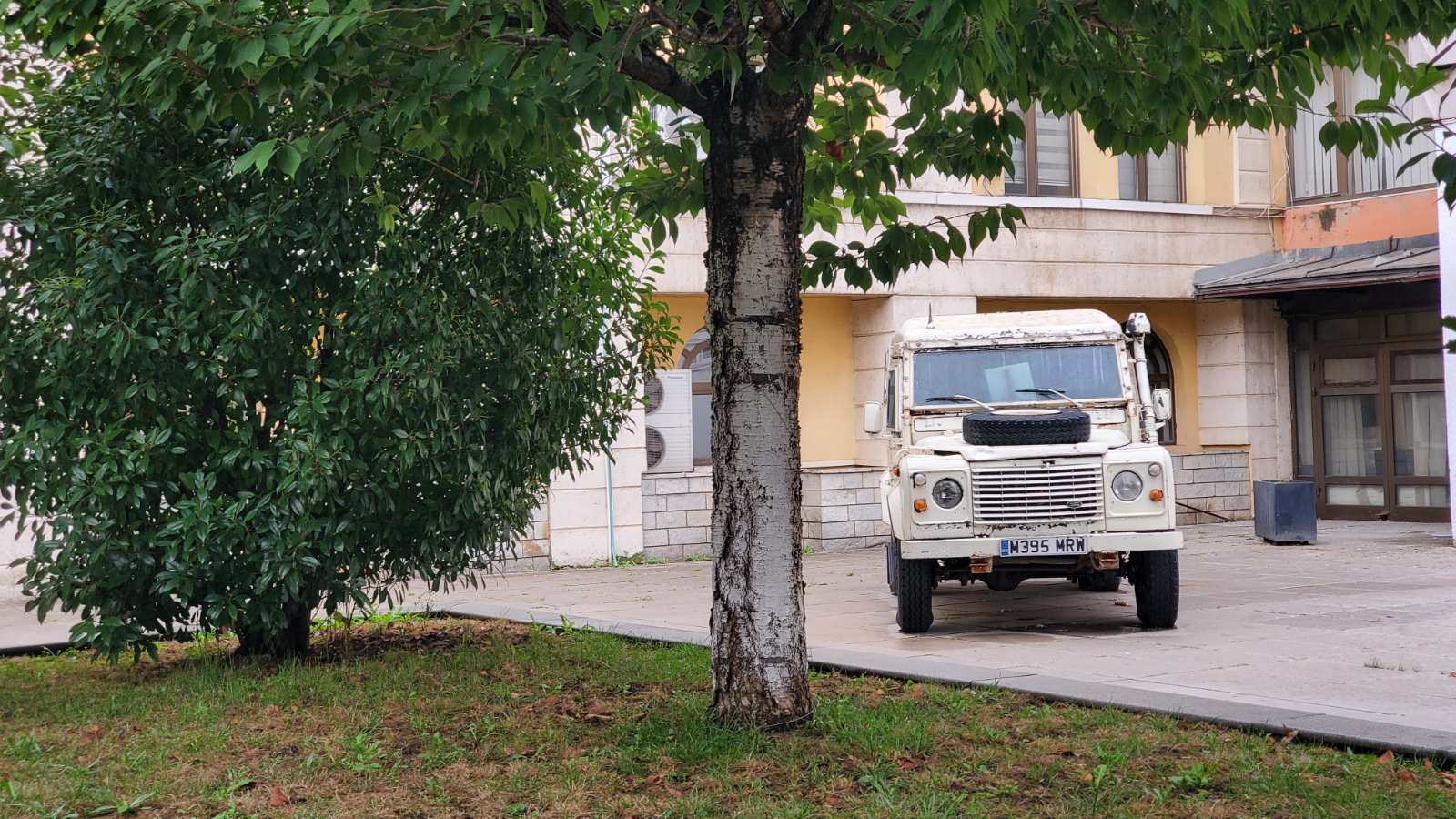
Inside the hall, the exhibition starts with local and international materials from November 1988 Kosovo miners protests, students’ demonstrations, and poisoning of Kosovo Albanian pupils in schools.
Intertwined with artefacts, photos and videos, the “Reporting House” exhibition in Prishtina showcases contemporary works of local and international artists and journalists who explore and reflect on the 1998-99 Kosovo war, its genesis, and the aftermath.
The exhibition, produced by BIRN Kosovo, Kallxo.com, Prishtina Biennale and Paper Gallery, was opened in June on the occasion of a quarter century since Kosovo’s liberation. It is located in the city centre, at the socialist style building of Germia Department Store, designed by Macedonian architect Lilijana Rasevski – a premise that has often been debated on its contemporary use, including the idea of turning it into a concert hall.
Once the visitors step into the exhibition’s hall, they face Mozambique-based artist Gonçalo Mabunda’s work “The throne of hopelessness and uncertainty” (2021), an artwork created by wartime bullets and different types of ammunition which once served to kill people. Now people can accommodate themselves on this chair and dream about a better future while resting on it.
A loaf of bread for uncertain times
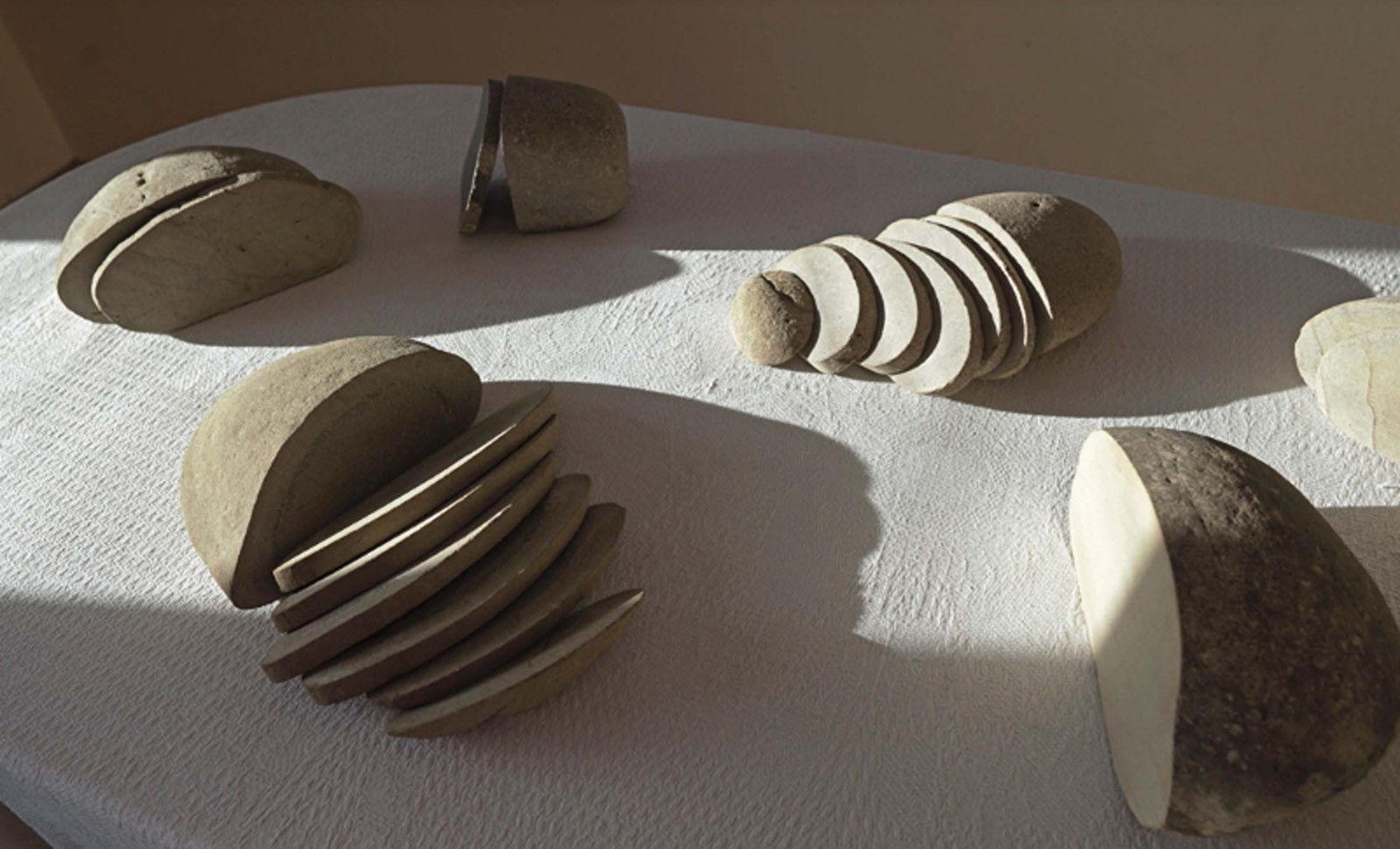
Inside the “Reporting House,” the visitor sees the purposeful and unique adaptation of the premise related to this exhibition, often left untouched, especially the ceiling. Through this, the exhibition acquires a symbolism that nothing can be presented by ‘decorations,’ but everything is ‘bare’ in evidenced facts. Confronting the visitor with the ‘truth about the truth’ is the main goal of an artistic display where diverse themes are supported by factual materials.
Another part of the exhibition considers a more current geopolitical context, which was relevant even 25 years ago. The Ukrainian artist Zhanna Kadyrova “Palianytsia” (Bread) presents an installation of several sculptures that take different forms of white bread, symbolically reflecting the resistance of the Ukrainian people against Russian full scale invasion which started in February 2022. The artist herself says she will continue to produce such artistic works as long as the war in her home country goes on.
For a Kosovar visitor’s eye and memory, bread during a wartime is not strange.
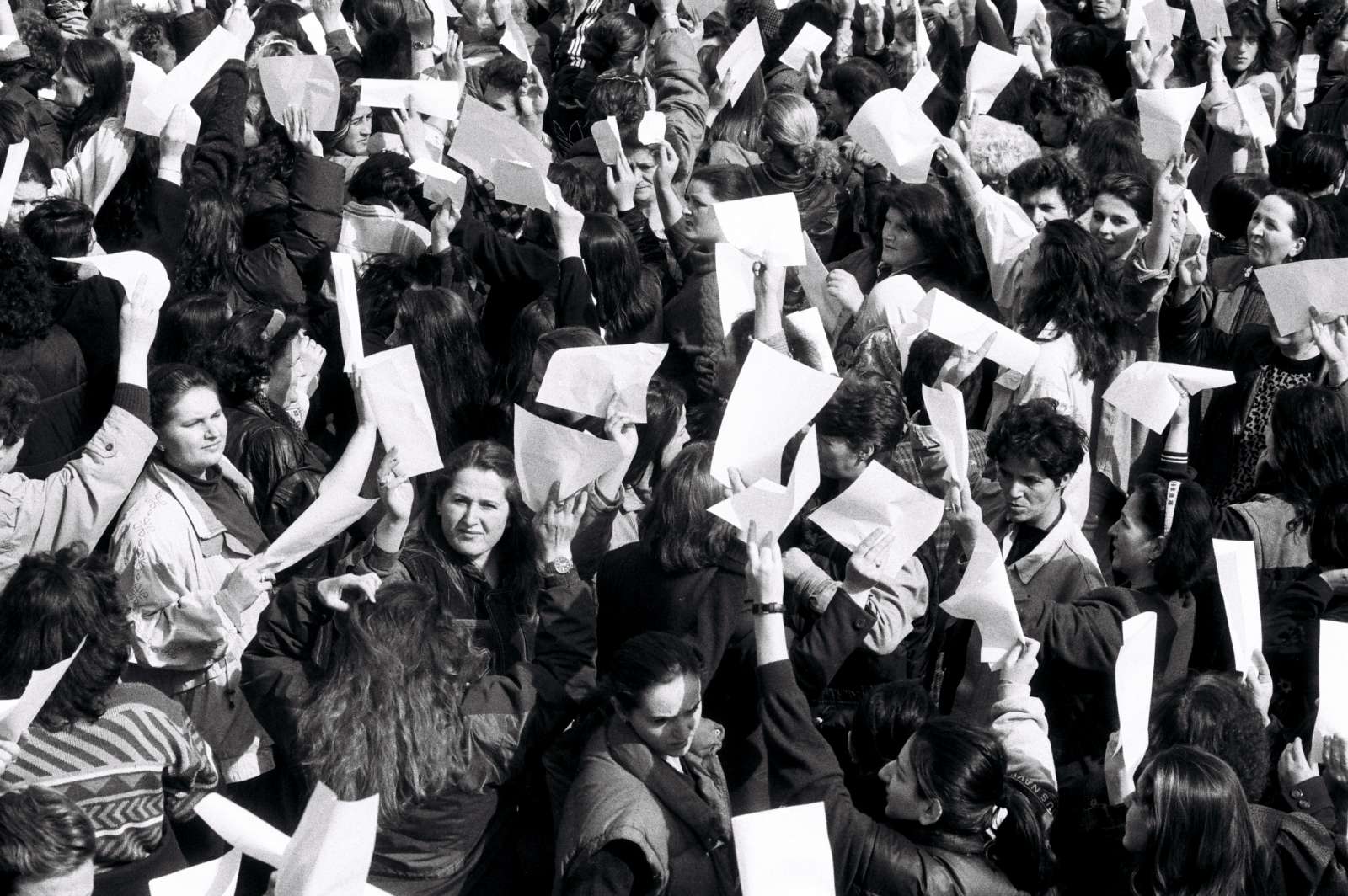
In front of Kadyrova’s work, a photo of Kosovo photo reporter Ridvan Slivova takes people back to March 1998 when Albanian women, mostly elderly, took the streets with a bread on their hands to protest against the Serbian forces who were depriving the families of Drenica region of the basic necessities for survival, after Serbia’s forces attack to the Jashari family compound in Prekaz, where 58 members were killed.
Mothers held a loaf of bread in their hand on Women’s Day – on March 8 – in the hope that their voices would be taken into consideration.
Sharing bread at a table is a communal act that binds people together. In Albanian culture, bread, apart from being a main ingredient of survival, is also part of the well-known expression ‘bukë, kripë, e zemër (bread, salt and heart)’, which symbolises humility, simplicity, and hospitality as important virtues of Albanian families.
Preventing conflict recurrence
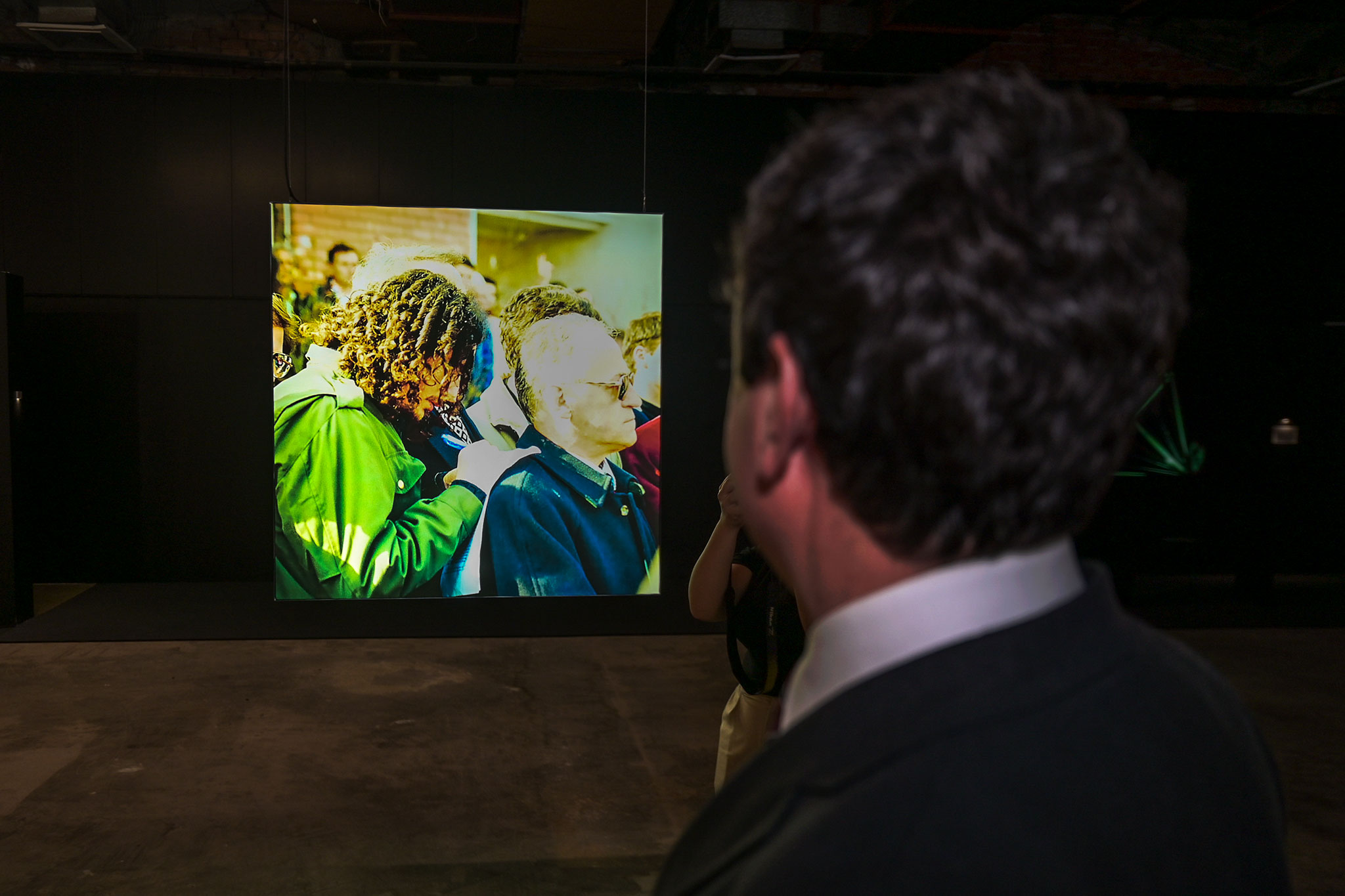
The exhibition also features a photo from the late 1990s of current Kosovo Prime Minister Albin Kurti in his youth as one of the leaders of the students’ movement.
In the photo by photographer and architect Eliza Hoxha, who is now an MP with the opposition Democratic Party of Kosovo, PDK, Kurti is shown writing notes for his speech on the back of then Vice-Rector of University of Prishtina, Zenel Kelmendi.
The exhibition expands with the works of artists from Albania, including Anri Sala and Adrian Paci who combine different war related themes, such as immigration and wartime ethnic violence, representing a life in extreme conditions.
It also features in depth war consequences, including Alan Chin’s iconic photograph, showing Ali Pacarizi’s mother mourning over his dead body from 1998, which was exhibited at the Museum of Modern Art in New York (MoMA). This photograph by the New York photographer is a powerful portrayal of pain and loss, capturing with sensitivity and stark realism the plight of the population during those difficult times.
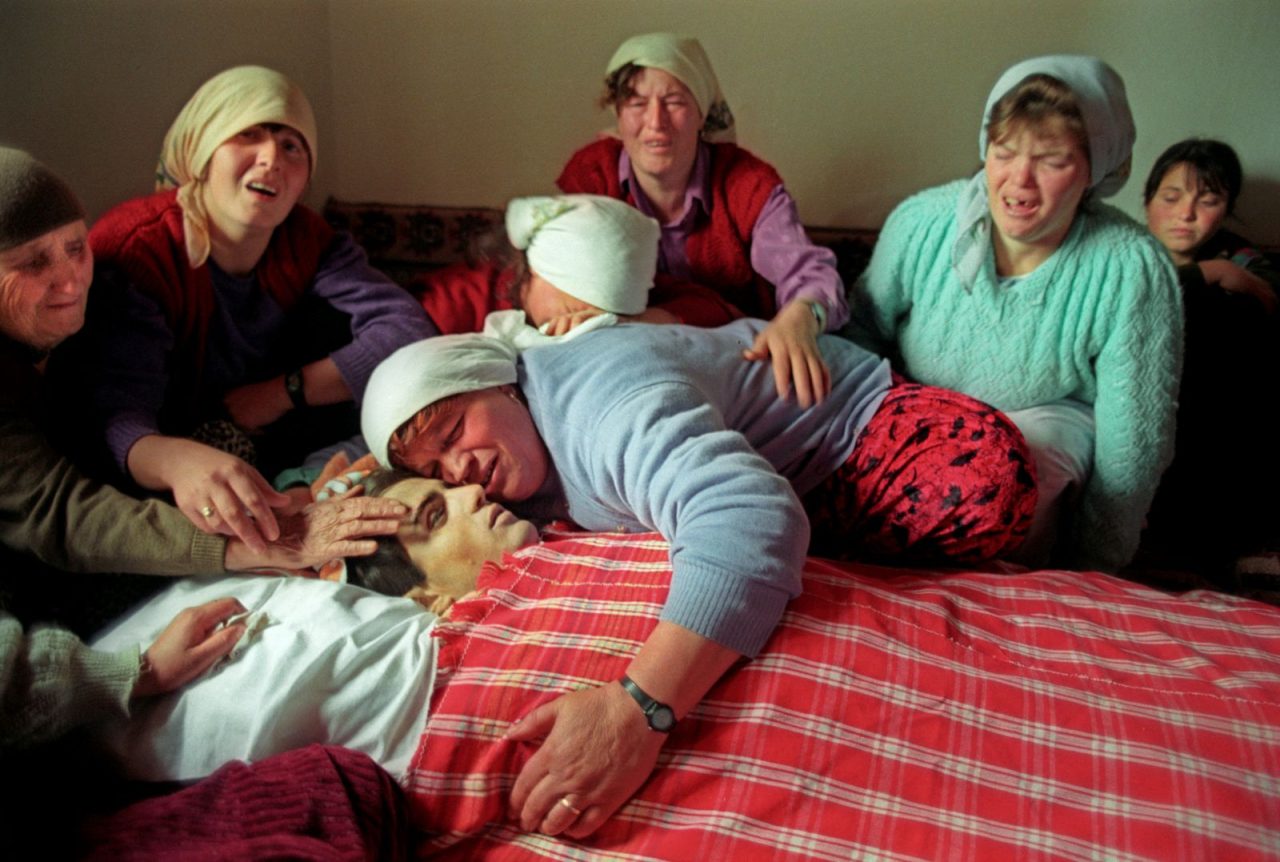
Through this image, the exhibition invites visitors to reflect on the past and face the future with a deeper understanding of what happened.
Key topics of the pre-war period, such as miners’ demonstrations, poisoning of students in schools, and teaching in private schools throughout Kosovo, have been addressed through documentary and artistic materials by Hazir Reka, Ilaz Bylykbashi, and Vullnet Jakupi.
Jakupi’s grandfather was one of those who vacated his home for it to serve as a school in the Dragodan neighbourhood in Pristina. This personal connection makes the artwork even more emotional, connecting it to the family and its experiences, and helping to convey information to generations which have not experienced that difficult time.
The exhibition also includes photographic material by Besnik Mehmeti, an ethnic Albanian photographer from North Macedonia, that illustrates post-war western Kosovo town of Gjakova– one of the cities that suffered the most destruction.
The “Reporting House” attaches an attention to the ethnic Serb community in Kosovo, as well its perceptions of the time events, emphasising that the situation should not be generalised. It also documents the propaganda made by the Serbs throughout the time, as well as the location where many Roma were held prisoner after the war.
In conclusion, this exhibition can be seen as a deeper study of not only the war and its consequences, but also of conditions and circumstances which led to it as well as Kosovo’s post war turbulence by contextualising the events not only within Kosovo but also in the region.
It links the events with the countries which have experienced and are experiencing the horrors of the war and its consequences. It also links historic circumstances with present times.
Media, archives and artefacts play a great role in this direction but artistic works give the exhibition a broader context, including the unfolding of the iconography and international contextualisation of the symbolism which derives from war circumstances.
The exhibition empathetically embraces the individual feelings and emotions evoked by such events. These works also provide solutions to prevent the recurrence of similar tragedies, by examining it historically, and explain how these conflicts came about.
Individual perspectives and everyone’s approach toward non-contextualised experiences are an added value that arises as a result of such an exhibition.
Penesta Dika holds a PhD degree in philosophy. She has developed projects for the Austrian Academy of Sciences and works as an international curator and university professor in Austria and Kosovo.
The post A Walk through Resistance: A Visitor’s Take from Kosovo’s Reporting House appeared first on Prishtina Insight.
